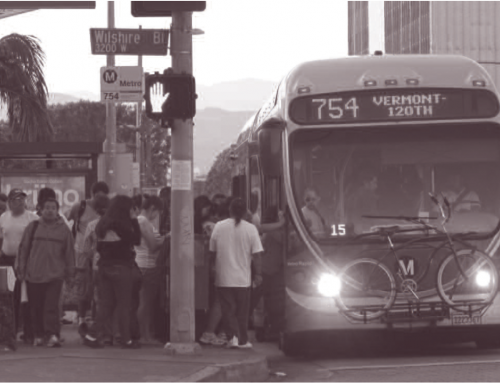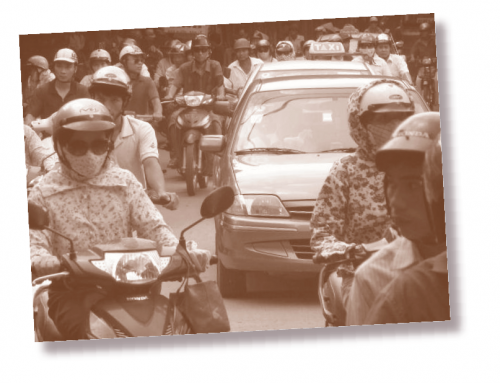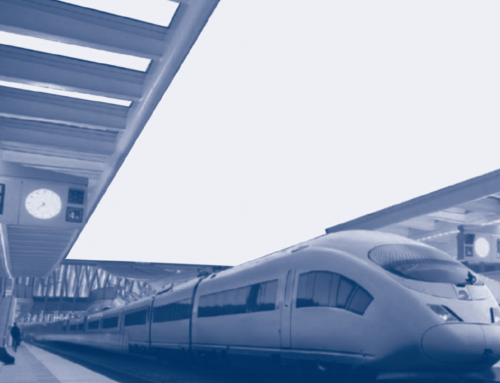The vital last step in research is making the results useful to public decision makers.
Academic research in transportation may require years of work before the author eventually publishes the results in a professional journal. Developing a theory, collecting relevant data, and conducting rigorous statistical tests are usually necessary before an article is accepted for publication. Then what happens? If the author is lucky, fellow academics and their students will read the article and discuss it. The transportation planners and elected officials who might be able use the results to improve our transportation system, however, will probably never see the article or even hear about the research.
The goal of ACCESS is to make transportation research conducted at the University of California useful for policymakers and practitioners. After the research has been published in an academic journal, the author can prepare a shorter and more readable version for ACCESS, which has the luxury of stressing readability because the journal has already stressed rigor. Anyone who wants greater depth or more detail can refer to the original article. ACCESS can thus present scientific research in plain, intelligent, and even lively prose. Paring down a journal article for publication in ACCESS can catapult academic research into the public policy debate, and help convert knowledge into action.
This year we are grateful for permission to print shorter versions of articles that were originally published in Environment and Planning, Journal of Public Economics, Journal of Public Transportation, Journal of the Transportation Research Board, Journal of Urban Economics, Journal of Urban Planning and Development, and Transportation.
Because ACCESS articles are highly readable and well illustrated, we often receive requests to reprint them, which we grant without charge. This year we have given free reprint permissions to publications ranging from Arkansas Trucking (circulation 17,000) to course readers for university classes with only a few students. In many cases, the ACCESS version of an academic article is put on reading lists for university courses more frequently than the original article—probably because of the brevity and readability. Publishing in ACCESS can thus expose scholarly research to transportation students who may eventually put the ideas into practice.
Publishing in ACCESS can…expose scholarly research to transportation students who may eventually put the ideas into practice.
When translating academic research into readable prose, we try to follow the advice of famed New Yorker editor William Shawn: “We value coherence. We believe in the printed word. And we believe in clarity. And we believe in immaculate syntax. And in the beauty of the English language.” But easy reading is hard writing, both for authors and editors. In the editing we rely greatly on the contributions of graduate students who spend many hours helping our authors say what they mean. This year we are grateful to Alex Beata, Matthew Bruno, Daniel Caroselli, Michael Clark, Jeremy Cogan, Stephanie Erickson, Niall Huffman, Alexis Lantz, Andrew Lee, Gregory Pierce, Jeffrey Rabin, Ariel Strauss, Jacob Veverka, and Jonathan Yorde. It has been a pleasure to work with them.
Finally, and most importantly, we would like to thank the California Department of Transportation and the United States Department of Transportation for providing the funds necessary to publish ACCESS. Their support enables our authors to take the vital last step in transportation research: making the results useful to public decision makers.
—Donald Shoup






